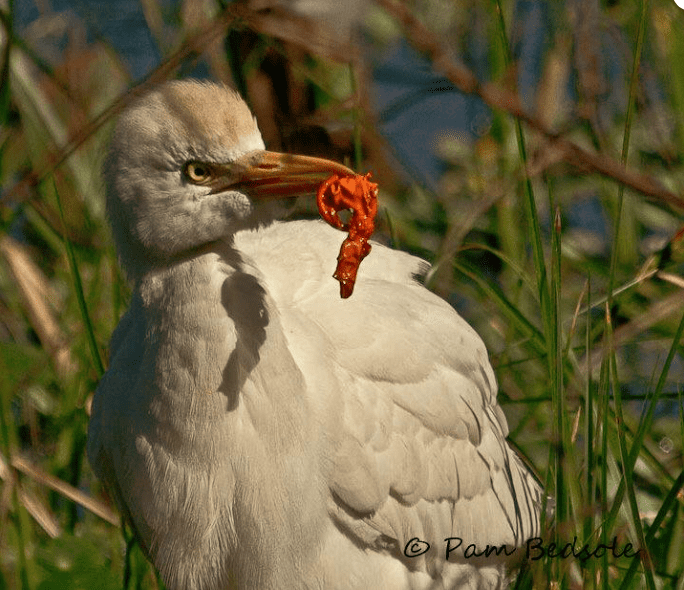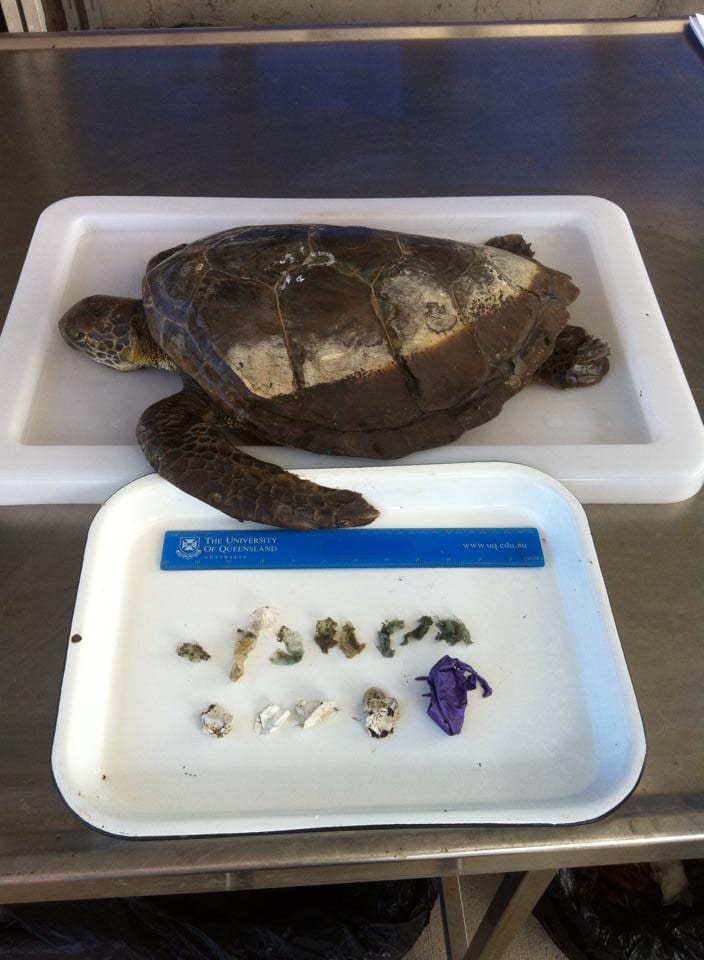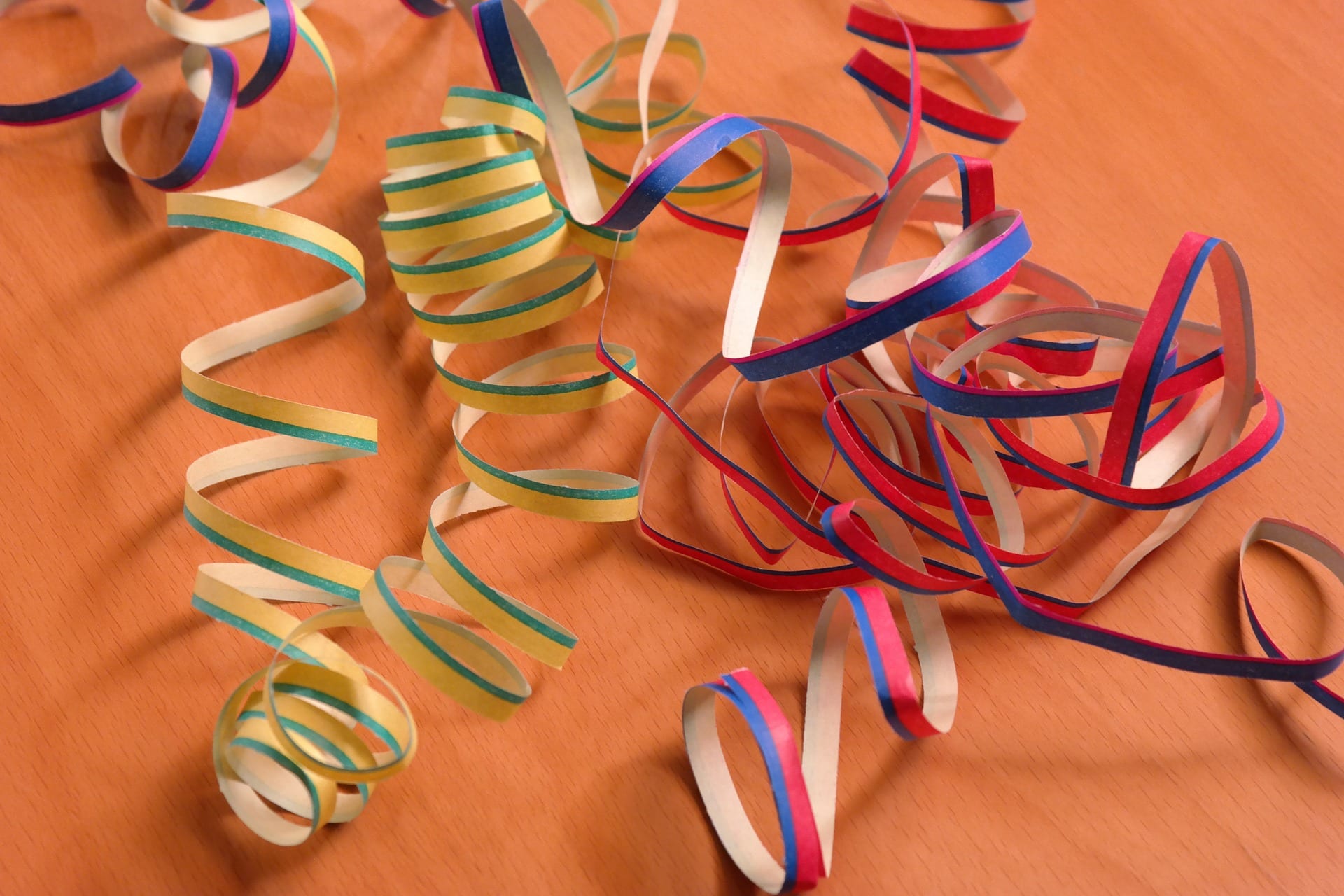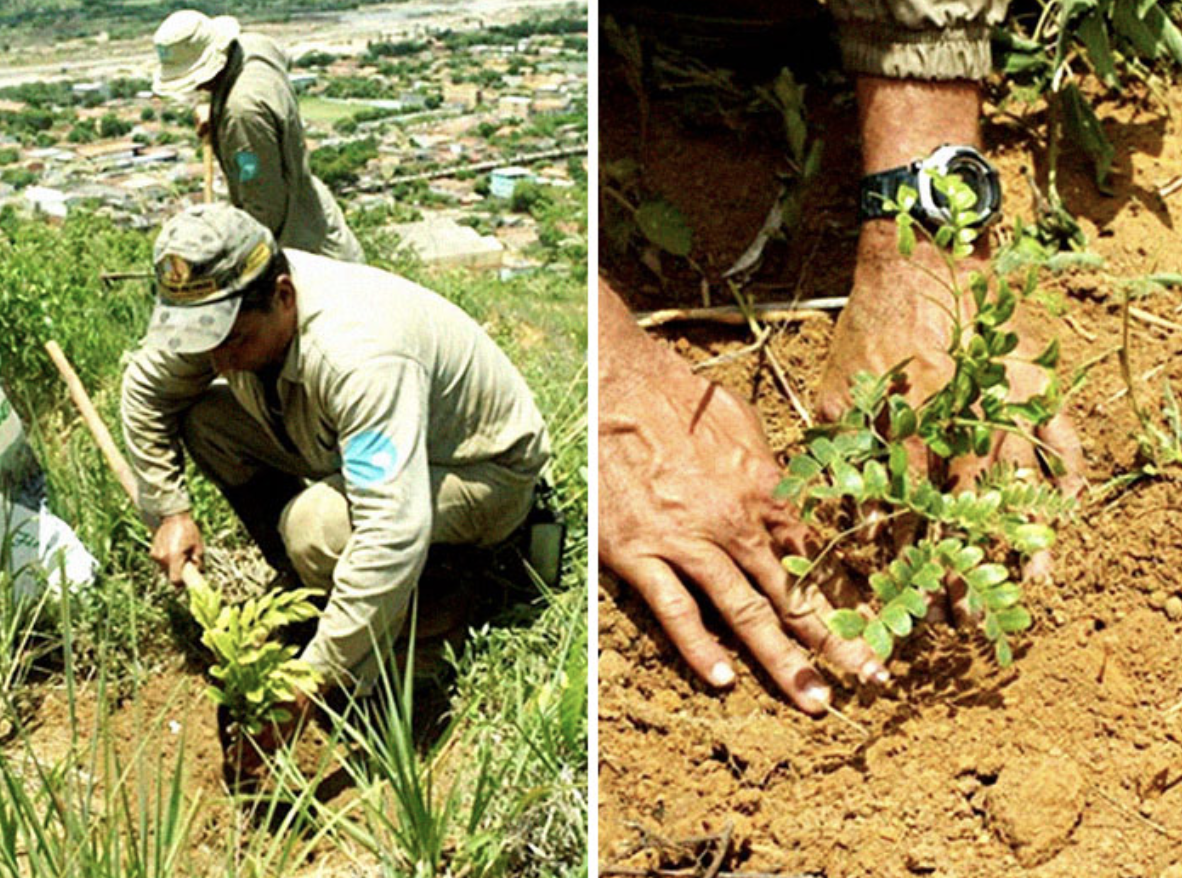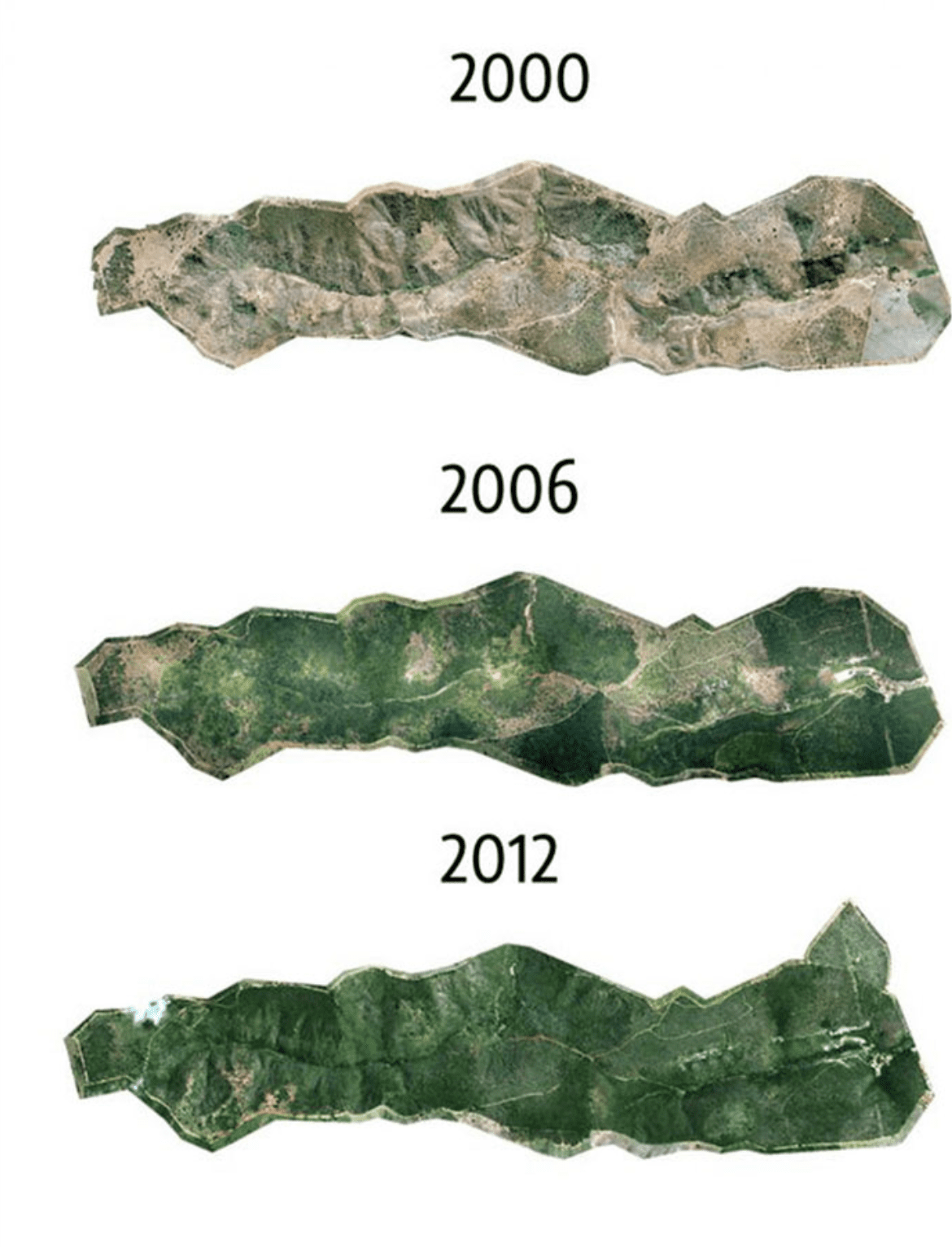A lot of people are probably excited that Dunkin’ Donuts is getting rid of styrofoam cups at its locations.
The successful chain announced the move in 2018, and it is getting moving. The implementation of these changes will be 100% complete by April 2020.
A strong, independent iced coffee doesn’t need an extra cup.
#DoubleCupBreakup pic.twitter.com/Y3UKgKawhh
— Dunkin' Boston (@DunkinBoston) November 21, 2019
This is a step in the right direction. The chain’s new vessels of choice will be double-walled paper cups that have a plastic lining to keep hot drinks warm. Dunkin’ Donuts is even going to make sure local governments have a say in how these cups will be recycled.
Customers have shared mixed opinions because the chain’s old cups really were iconic. But the environment is a good reason to give up something you don’t really need, even though you may have an emotional attachment to it.
Dang, that’s cold.
Bye, Foam cup! We’re better off without you. #DoubleCupBreakup pic.twitter.com/wG3RZaLmrF
— Dunkin' Boston (@DunkinBoston) November 19, 2019
The famed donut company worked hard for 10 years to come up with a way to solve its styrofoam problem. Dunkin’ has reported using more than a billion styrofoam cups annually.
That’s really too many.
In addition to the revamped cups, the company has ended “double-cupping.” This is when customers are given a styrofoam cup they can wrap around their cold drinks, so they won’t get warm.
Dunkin’ even coordinated a campaign that tried to make this transition fun. Needless to say, many New England customers aren’t happy about these changes, but the company knows and has anticipated people’s reactions for some time now. Kelly Katapodis, a spokeswoman for the company says,
“Our goal was to satisfy all our customers with a cup that is more environmentally friendly, has the insulation properties of foam and has the lid that our customers know and love. It took us a while to find the answer, but we believe the double-walled paper cup will please all our guests.”
It was a good run.
#DoubleCupBreakup pic.twitter.com/BAi6gN8Gbh
— Dunkin' Boston (@DunkinBoston) November 15, 2019
Dunkin’ Donuts joins a slew of other companies that are changing their practices to preserve the environment.
And it’s about time!
The post Dunkin’ Donuts Is Ditching Its Iconic (But Environmentally Unfriendly) Styrofoam Cups appeared first on UberFacts.
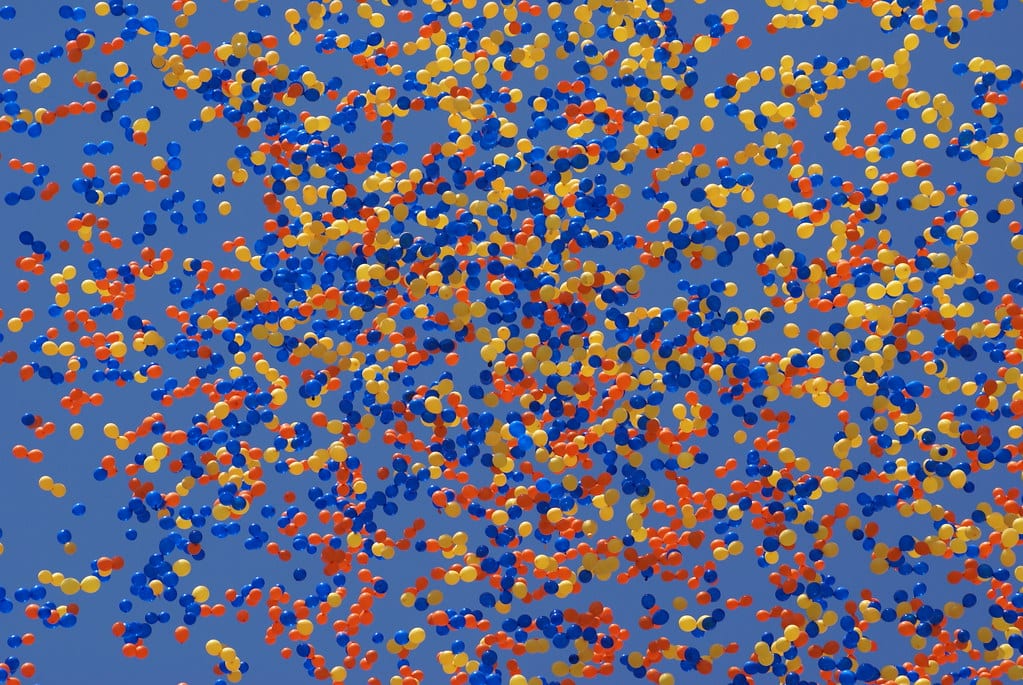
 detectó en su aparato digestivo 29 kg de basura
detectó en su aparato digestivo 29 kg de basura 
 +inf:
+inf: 